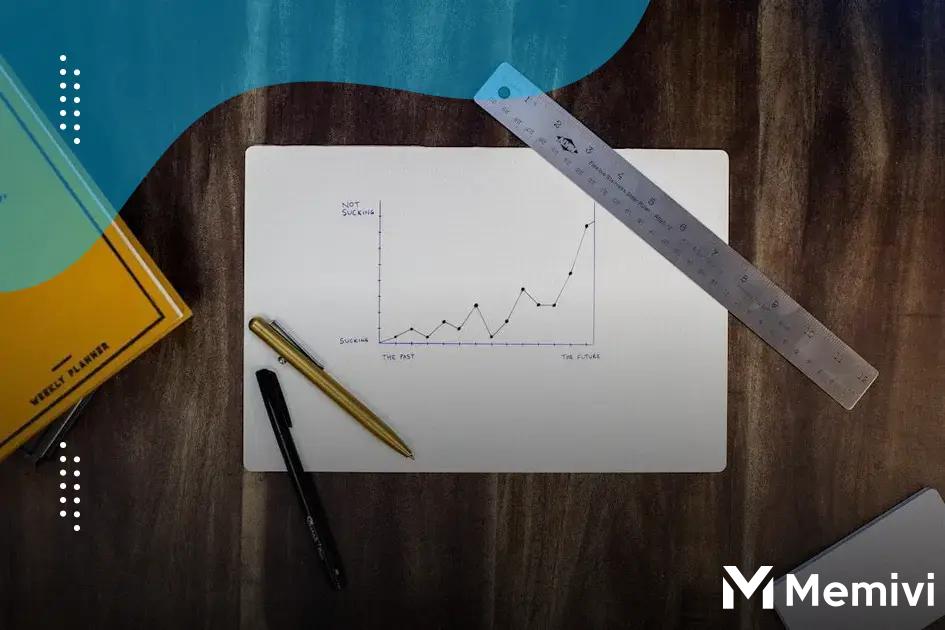
Tackling debt efficiently can be overwhelming. How debt consolidation loans compare to balance transfers is a question worth exploring for those seeking financial relief. This post will guide you through understanding debt consolidation, balance transfer mechanisms, and evaluating pros and cons effectively.
Understanding Debt Consolidation Loans
Debt consolidation loans are specific financial products designed to help individuals manage multiple debts by combining them into a single loan with one monthly payment. They can be a practical approach for individuals struggling with high-interest credit card debt, medical bills, or personal loans. Understanding how these loans work is crucial for making informed financial decisions.
Centralized Payment Method: Unlike juggling multiple payments with varying interest rates, consolidation loans simplify the payment schedule to one predictable monthly payment, potentially with a lower interest rate, which can lead to savings on the overall repayment amount.
Impact on Credit Score: Properly managed, a debt consolidation loan may improve your credit score. Timely payments showcased consistently can positively influence your credit report, demonstrating reliability in managing debts.
Another key benefit is the potential reduction of financial stress. Having a single loan eases the mental burden of tracking many payments and due dates.
Before opting for this route, verify the interest rate and terms of the loan. Comparison with the cumulative interest of existing debts can help in determining if consolidation offers a substantial financial benefit.
In exploring why debt consolidation loans might outshine balance transfers within certain contexts, remember these loans are often suitable for larger debts with fixed terms. Meanwhile, balance transfers typically suit short-term debt relief. The clear structure of debt consolidation loans offers a straightforward approach to getting rid of debt, while balance transfers may require more active management regarding deadlines and penalties.
Exploring Balance Transfer Mechanics
Balance transfers involve moving existing credit card debt to a new card with a lower interest rate. This can help reduce interest charges and accelerate debt repayment. When executed properly, balance transfers can provide significant savings, but they require careful planning.
The ideal balance transfer card offers a 0% introductory interest rate for a set period, typically 12 to 18 months. During this time, monthly payments can go directly towards reducing the principal balance rather than paying off accumulated interest.
However, there’s a caveat—balance transfers often carry a transfer fee, usually 3% to 5% of the transferred amount. This upfront cost needs to be considered when evaluating potential savings.
It’s also important to have a clear strategy for repayment within the interest-free period. Failing to do so might result in reverting back to a high standard interest rate, which can negate the benefits of the transfer.
Another factor to consider is maintaining good credit. Balance transfer offers usually require a strong credit score, which qualifies you for the best terms. Hence, before applying, ensure your credit health is in good shape.
Pros and Cons of Each Option

When evaluating debt consolidation loans, one major advantage is their potential to lower your monthly payments. By combining various debts into a single loan, you may secure a lower interest rate and extend the repayment period. This often results in more manageable payments that fit your budget better.
However, it’s essential to consider the cons too. While the monthly payment might be lower, extending the loan term can mean you pay more in interest over time. Additionally, fees associated with loan applications and origination must be carefully assessed.
On the other hand, balance transfers can be an appealing option if you have high-interest credit card debt. Often, these transfers offer a promotional 0% interest rate for a set period. This provides a valuable opportunity to pay off debt without accruing additional interest.
Yet, there are potential drawbacks with balance transfers. If you fail to pay off the debt within the promotional period, you might face high interest rates. Moreover, balance transfer fees—typically a percentage of the amount transferred—can also add up.
Comparative Analysis
It’s crucial to weigh the value of each option according to your financial situation. Debt consolidation loans might be better for those seeking lower long-term payments, while balance transfers could benefit those planning to pay off debt quickly within a promotional period.
Making the Right Financial Choice
When considering debt consolidation loans and balance transfers, it can seem challenging to determine which is best for your financial situation. To make the right financial choice, it’s important to look at various factors, such as interest rates, fees, and long-term impact on your credit score.
A critical step is assessing your current debt situation. Analyze the total debt amount, the interest rates of your existing debts, and your repayment ability. Debt consolidation loans generally come with lower interest rates and can spread payments over a more extended period, offering some relief by lowering your monthly obligations.
On the other hand, balance transfers might offer an introductory 0% interest rate, but there’s usually a fee involved, and after the promotional period, interest rates might climb higher. Consider how long it will realistically take to repay your debt.
Budgeting plays a crucial role. With a debt consolidation loan, you’ll have a fixed monthly payment, simplifying budgeting. However, if you opt for a balance transfer, any unforeseen needs could add up quickly.
Ultimately, the right financial decision depends on your specific circumstances. By evaluating the pros and cons and considering your financial habits, you’ll be in a strong position to decide which path aligns with your goals.


 Demystifying the UK’s ‘Great Wealth Transfer’: What It Means for Young People. <p class='sec-title' style='line-height: normal; font-weight: normal;font-size: 16px !important; text-align: left;margin-top: 8px;margin-bottom: 0px !important;'> Demystifying the UK's 'Great Wealth Transfer' reveals its impact on future generations. </p>
Demystifying the UK’s ‘Great Wealth Transfer’: What It Means for Young People. <p class='sec-title' style='line-height: normal; font-weight: normal;font-size: 16px !important; text-align: left;margin-top: 8px;margin-bottom: 0px !important;'> Demystifying the UK's 'Great Wealth Transfer' reveals its impact on future generations. </p>  Understanding Your UK Credit File: What’s on It and How to Fix Errors. <p class='sec-title' style='line-height: normal; font-weight: normal;font-size: 16px !important; text-align: left;margin-top: 8px;margin-bottom: 0px !important;'> Learning the ins and outs of a UK credit file will help you make informed financial decisions. </p>
Understanding Your UK Credit File: What’s on It and How to Fix Errors. <p class='sec-title' style='line-height: normal; font-weight: normal;font-size: 16px !important; text-align: left;margin-top: 8px;margin-bottom: 0px !important;'> Learning the ins and outs of a UK credit file will help you make informed financial decisions. </p>  The UK’s Cost of Education: A Breakdown of School Fees and Saving for the Future. <p class='sec-title' style='line-height: normal; font-weight: normal;font-size: 16px !important; text-align: left;margin-top: 8px;margin-bottom: 0px !important;'> In this article, we will delve into various aspects of educational costs in the UK, offering insights into tuition, living expenses, and potential financial aid options. </p>
The UK’s Cost of Education: A Breakdown of School Fees and Saving for the Future. <p class='sec-title' style='line-height: normal; font-weight: normal;font-size: 16px !important; text-align: left;margin-top: 8px;margin-bottom: 0px !important;'> In this article, we will delve into various aspects of educational costs in the UK, offering insights into tuition, living expenses, and potential financial aid options. </p>